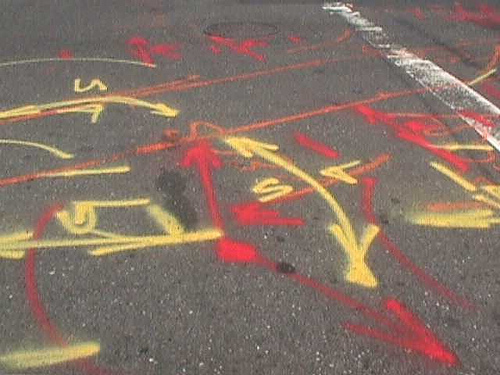CGA publishes telecom white paper on preventing utility damage trends
(UI) — The Common Ground Alliance (CGA) – the national association dedicated to protecting underground utility lines, people who dig near them, and their communities – announced today the publication of a new Telecom White Paper. Based on research among telecommunications stakeholders, CGA’s new research points to the sector’s impact on the U.S. damage prevention system as a whole and recommends key actions telecom organizations can take to drive damages down.
CGA’s 2023 White Paper, “Telecom’s Critical Role in Reversing Utility Damage Trends” analyzes information gathered from 17 in-depth interviews with telecom leaders as well as data from a survey of more than 500 damage prevention industry professionals. CGA has previously published white papers examining the roles of other key stakeholder groups in damage prevention, including natural gas distribution, excavators and locators.
CGA's new telecom industry research underscores the impact that this sector has on the U.S damage prevention system. According to 2022 DIRT data, telecom facilities sustained more damage than any other utility type, while telecom work contributed to the majority of damages to buried infrastructure. Similarly, telecom companies are more likely to deliver late locates of their own facilities, but are also most likely to have work delayed by late locates. As $65 billion in federal funding is being deployed to expand high-speed internet across the Nation concurrently with hundreds of billions of federal and state dollars going to additional infrastructure improvements, CGA’s new research calls for the telecom sector to make damage prevention a priority.
CGA’s Telecom White Paper summarizes quantitative data from the survey and qualitative information from in-depth telecom stakeholder interviews and consolidates them into four key takeaways:
- The telecom sector has the most potential to impact the U.S. damage prevention system – and its own bottom line.
- Growth and customer satisfaction are prioritized over damage prevention by many telecom stakeholders.
- Rather than focus on long-term national standardization strategies to reduce damages, telecom can achieve more timely results by improving internal practices and contracts.
- Securing executive-level buy-in from telecom facility owner/operators on rigorous damage prevention standards will be necessary to reverse the upward trend of damages to U.S. infrastructure.
“With the sheer amount of communications and other infrastructure work happening across the country involving excavation right now, it is critical that executives at telecom companies are actively engaged in damage prevention,” said CGA President and CEO Sarah K. Magruder Lyle. “Telecom has more underground infrastructure than other utility types – that means more facility to locate and protect, which certainly presents unique challenges. Leaders in this sector have connected the dots between network reliability and damage prevention, and I encourage telecom stakeholders to implement the Paper’s recommendations and reference the examples in our White Paper of organizations who have prioritized damage prevention.”
Related News
From Archive

- DeLa Express seeks FERC approval for Permian-to-Louisiana gas pipeline project
- OSHA penalizes Houston contractor over safety violations resulting in worker's death
- Fiber infrastructure has no known expiration date, Fiber Broadband Association research concludes
- Nevada OSHA fines Elon Musk's Boring Company over safety violations in Vegas tunnel project
- Damage prevention and safety: Turning awareness into action
- Ditch Witch 1030
- Michigan lawmakers introduce bills to create septic codes throughout the state
- Indiana American Water to gain 8,000 water customers with Silver Creek Water acquisition
- Arkansas governor allocates $42 million for water infrastructure projects
- Federal judge finds Flint, Mich, in contempt over lead water pipe crisis




Comments